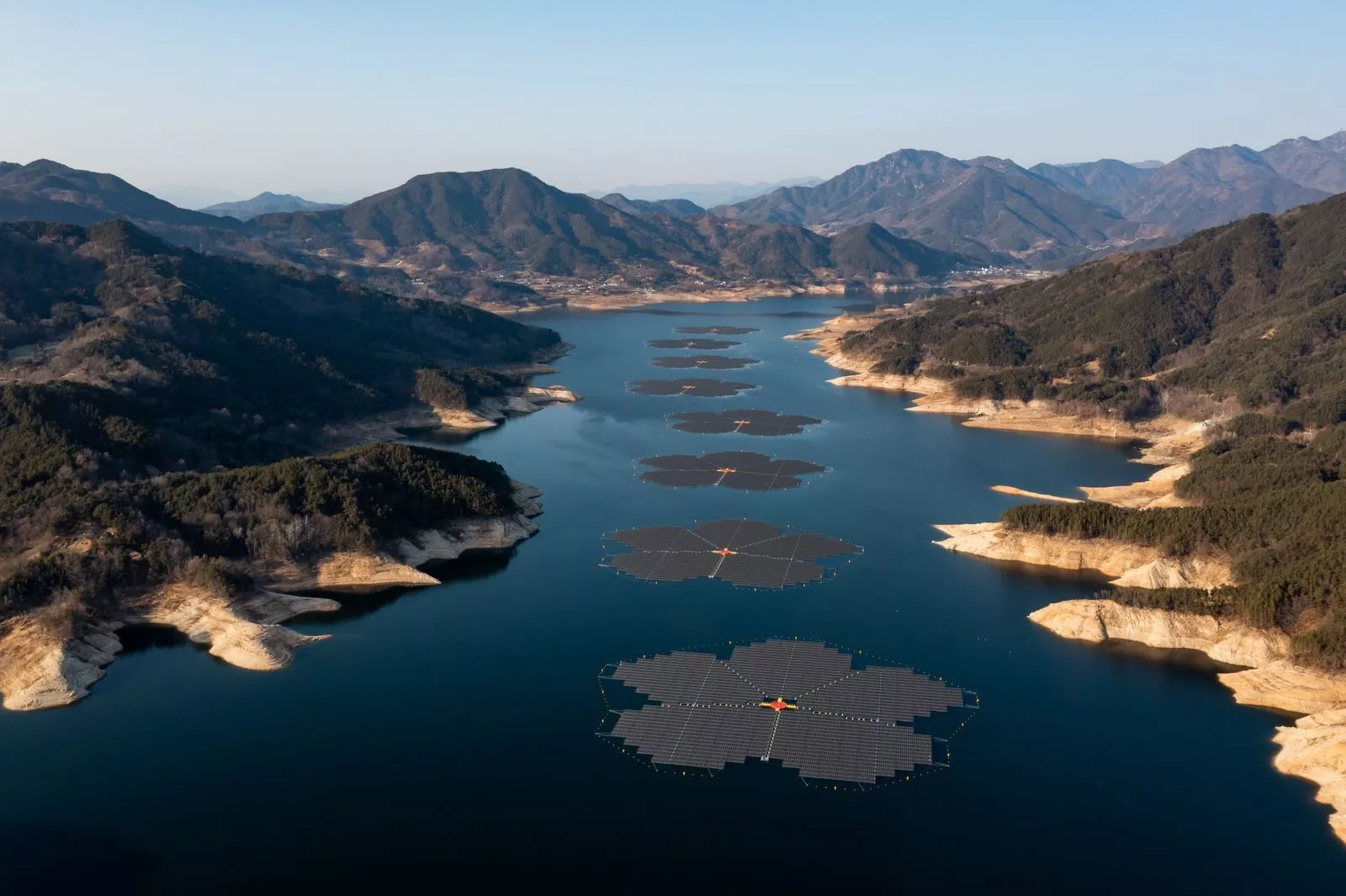An international group of scientists has shown that the transition from fossil fuels to renewable energy sources will result in a short-term increase in carbon emissions due to the construction of the relevant infrastructure. However, the rapid commissioning of wind turbines, solar panels and other facilities is offsetting this increase. This is reported in an article published in the Proceedings of the National Academy of Sciences (PNAS). The scientific work is briefly described in a press release on Phys.org.
A previous study predicted the cost of new energy infrastructure needed to achieve zero carbon emissions of US$3.5 trillion per year by 2050. In the new paper, the researchers calculated the potential emissions associated with energy consumption in mining, transportation, construction and other activities necessary to build infrastructure for large solar farms, wind turbines, and even geothermal and other renewable energy sources.
At the current rate of green infrastructure construction, it turns out that the introduction of renewable energy sources by 2100 will result in 185 billion tons of carbon dioxide emissions, equivalent to 5-6 years of current carbon emissions. This scenario would result in global temperatures rising 2.7 degrees above pre-industrial levels by the end of the century. If infrastructure is built fast enough to limit temperature rise to two degrees Celsius, emissions will fall in half to 95 billion tons.
In an ambitious scenario that limits temperature rise to 1.5 degrees Celsius and deploys green infrastructure fairly quickly, the carbon footprint would be only 20 billion tonnes, equivalent to about six months of global emissions.
But the researchers note that their estimates are low, as they don’t take into account the materials and structures needed to build new transmission lines, build batteries, and replace fossil-fueled vehicles. The new equipment will require not only large quantities of base metals, including copper, iron and nickel, but also rare elements such as lithium, cobalt, yttrium and neodymium. Their mining is likely to affect places with fragile environments such as the deep seas, African rainforest and Greenland glaciers.
At the same time, measures that mitigate the consequences of inevitable climate change also contribute to carbon emissions. Therefore, the construction of dams and the relocation of large population centers due to rising sea levels will result in the formation of one billion tons of carbon dioxide by 2100. This assessment does not take into account flood mitigation measures, dryland irrigation, and the adaptation of buildings to high temperatures.
Source: Port Altele
